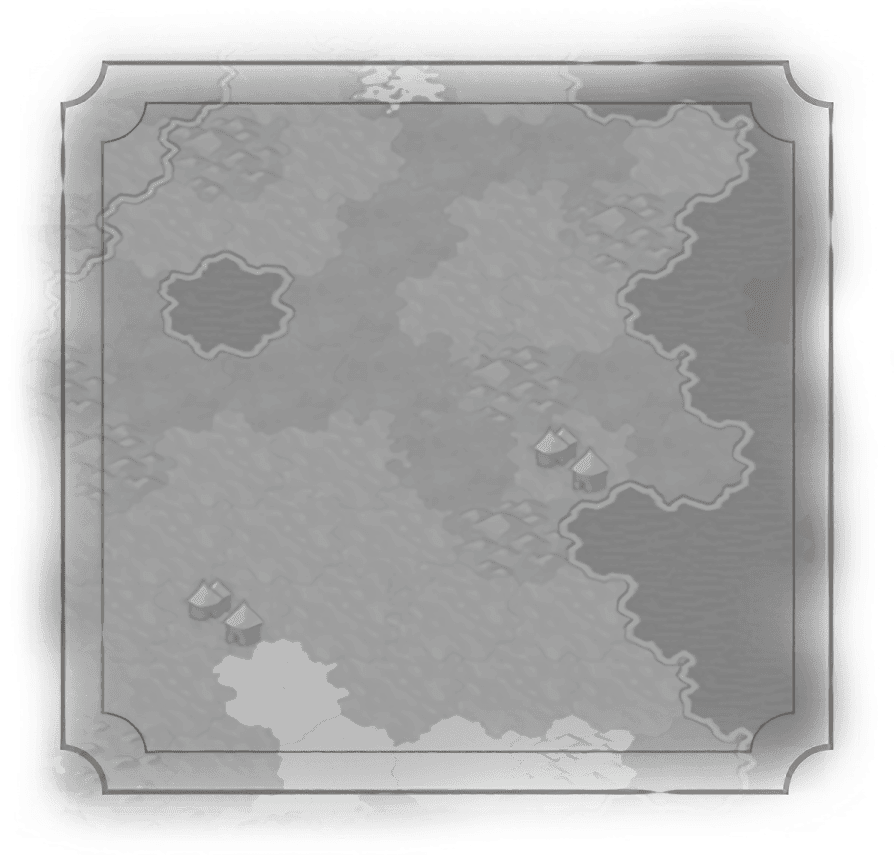Governments
Military Policies
Economic Policies
Aesthetics
Caravansaries
Civil Prestige
Collectivization
Colonial Offices
Colonial Taxes
Colonization
Corvée
Craftsmen
Ecommerce
Economic Union
Expropriation
Five-Year Plan
Free Market
God King
Gothic Architecture
Grand Opera
Heritage Tourism
Ilkum
Insulae
Land Surveyors
Liberalism
Market Economy
Medina Quarter
Natural Philosophy
Naval Infrastructure
New Deal
Online Communities
Public Transport
Public Works
Rationalism
Religious Orders
Resource Management
Satellite Broadcasts
Scripture
Serfdom
Simultaneum
Skyscrapers
Sports Media
Third Alternative
Town Charters
Trade Confederation
Triangular Trade
Urban Planning
Diplomatic Policies
Great Person Policies
Golden Age Policies
Dark Age Policies
Wildcard Policies


Urban Planning
Description
+1  Production in all cities.
Production in all cities.
 Production in all cities.
Production in all cities.Historical Context
According to archeologists, there is evidence of urban planning – or at least something more than haphazard building – in a number of ancient towns found in Mesopotamia, Egypt, and the Indus Valley. They have uncovered paved streets laid out in a grid pattern, and from the 8th Century BC onward most Greek cities were laid out on orthogonal grid plans. But it was the Romans who were masters of urban planning – far more so than other civilizations. Roman city planning focused on military defense, public convenience, and ease of transport through the streets (connecting to those nice roads). As Rome declined, most of these nifty ideas disappeared for a time, although the great European cities still surround a Roman city center.

Description
+1  Production in all cities.
Production in all cities.
 Production in all cities.
Production in all cities.Historical Context
According to archeologists, there is evidence of urban planning – or at least something more than haphazard building – in a number of ancient towns found in Mesopotamia, Egypt, and the Indus Valley. They have uncovered paved streets laid out in a grid pattern, and from the 8th Century BC onward most Greek cities were laid out on orthogonal grid plans. But it was the Romans who were masters of urban planning – far more so than other civilizations. Roman city planning focused on military defense, public convenience, and ease of transport through the streets (connecting to those nice roads). As Rome declined, most of these nifty ideas disappeared for a time, although the great European cities still surround a Roman city center.



